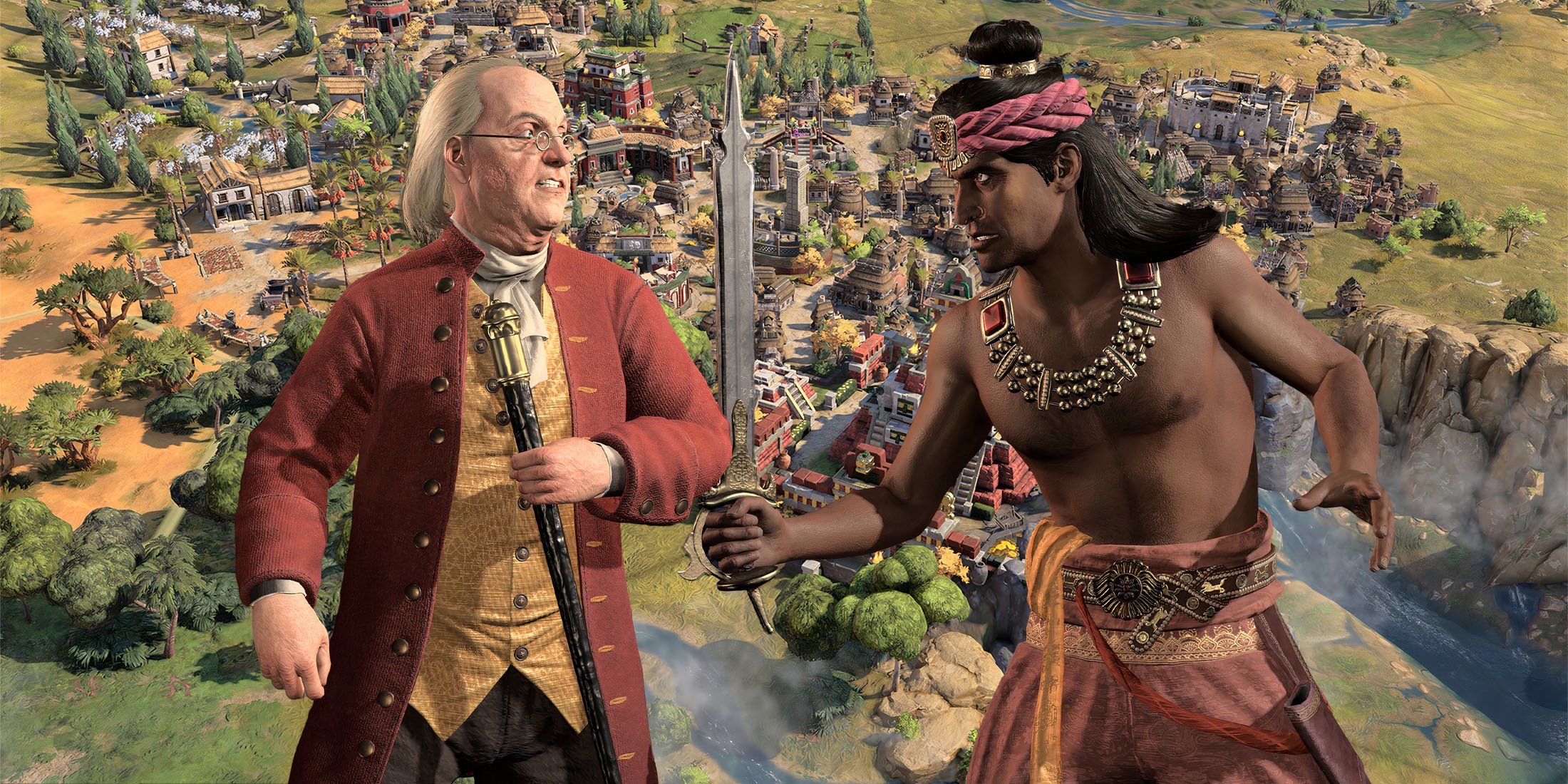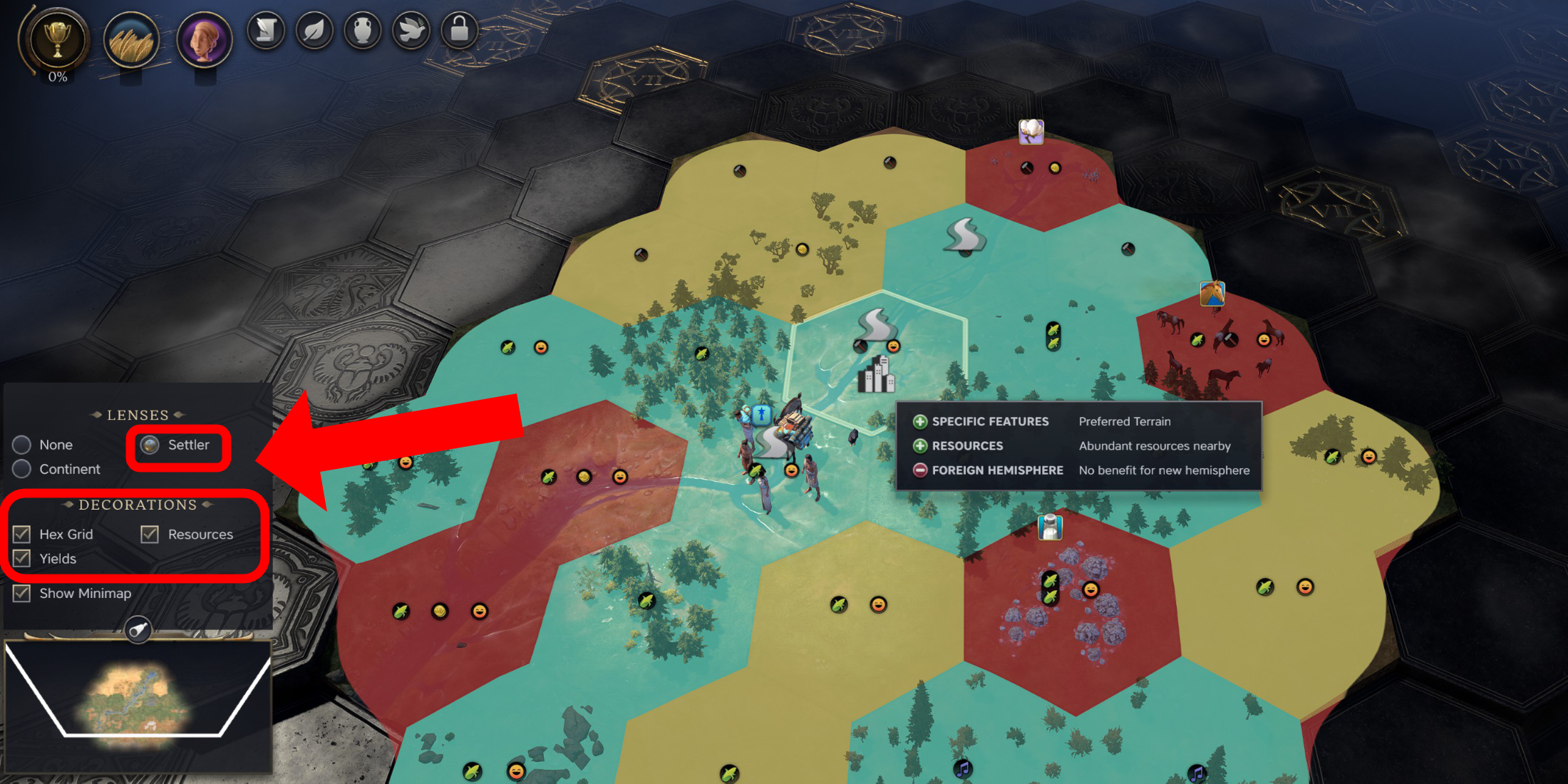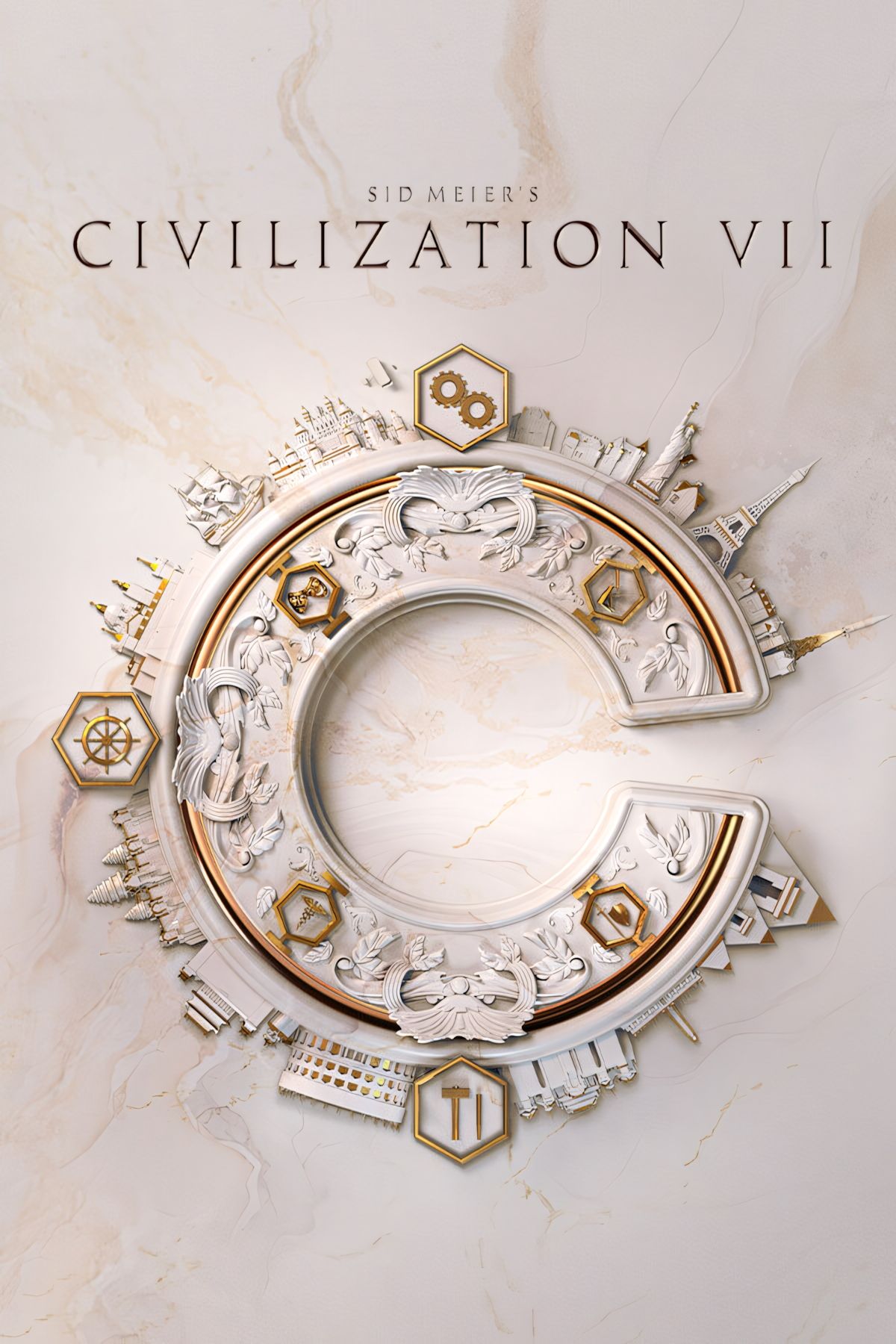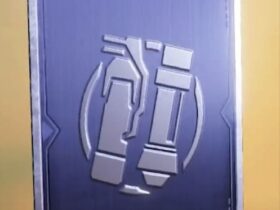There are a lot of new features and mechanics to learn in Civilization 7, and an entire world to explore and expand into throughout the ages. But before worrying about all of that, you need to found your first City. With the Founder, a unique starting unit for your first city, Civ 7 players can create a city to stand the test of time – if you know the best starting city location tips, that is.

Related
Civ 7 DLC Release Schedule (Post-Release Content Roadmap)
Civilization is renowned for its fantastic post-release support, so fans are expecting a ton of great Civ 7 DLC in the coming months and years.
This guide explains useful tips for founding your first city in Civ 7, including which yields and resources you should kprioritize, which settings you should enable, environmental factors to watch out for, and other tips to help you decide whether to settle or restart the game for a better starting location.
Turn On Yield And Resource Icons
Settler View Also Highlights Good & Bad Starting Locations
After loading into the world, the very first thing you should do is turn on three Lenses: Yields, Resources, and Settler View. To see Resources and Yields, Civ 7 players must select the Lenses button above the bottom-left minimap, then make sure Yield and Resource Icons are enabled under Decorations.
This will show the current Yield of every tile in the game, while the Resource icon will highlight the location of any potential Resources with a unique icon. These Lenses give you an at-a-glance view of your surroundings and prove to be immensely useful when settling any city.
While this options menu is open, enable Settler View, too. This will re-color the map red to indicate areas you cannot settle, green to indicate areas that you can settle, and highlight ideal spots for your first Civ 7 city with either a deep green color or a small City icon. If you hover over this icon, you will see a brief summary of why this spot in particular is so good to settle.
Found Your City Within 3 Tiles Of Resources
Cities Can Only Expand & Work Tiles In A 3-Tile Radius
In Civ 7, settlements are only able to work tiles and resources within three tiles of the city center. Any resources or yields outside of these limits will not be able to be incorporated into your empire.

Related
Sid Meier’s Civilization 7: Burning Questions Answered
Get answers to the biggest questions about Sid Meier’s Civilization 7. Learn about gameplay, features, and what to expect in the next installment.
When settling your first city location, Civ 7 players should usually only be able to see about three tiles in any direction. If you don’t see many resources in this initial revealed area of the map, your first city will not be able to expand beyond this area to get anything hidden in the fog of war, no matter which Leader you choose.
Prioritize The Best Early Yields & Resources
And Look For Resources That Suit Your Legacy Path
There are some early game yields and resources in Civ 7 that are significantly better for the early game than others. Resources like Gold and Silver are useful in the late Antiquity Age, but at first, increasing your Food and Production with resources like Cotton and Sheep is much more helpful. This is because, in the early game, growth should be your primary goal.
But good early game yields aren’t everything. You must also work towards a Legacy Path that works with your Leader and build towards your eventual Victory Condition. Some Resources can help with this immensely. Incense, for example, grants +10% Science in a settlement, while Silk grants +10% Culture (in Antiquity). Iron increases your unit strength civ-wide, and Jade increases Gold by +15%.
In addition to important growth resources, keep an eye out for these unique resources that can help propel you further in your desired Legacy Path when founding your first city.
Settle Near Fresh Water & Coasts or Navigable Rivers
Fresh Water For Growth, Navigable Rivers For Exploration Age
One of the most important things for the growth and overall health of a city is fresh water. Fresh water grants a major bonus to Happiness, which is very important to maintain as your city grows. Most of the time, Civ 7 will not spawn you in an area completely barren of fresh water, but it may be a tile or two away from the initial spawn point.

Related
All Achievements in Civilization 7
There are 32 achievements in Civilization 7 – here is how to unlock them.
Another thing to consider for your founding city is its access to the ocean. In Antiquity, Civ 7 players can’t enter the deep ocean, but units can still explore the coast of your home continent. Having access to the ocean, either through a nearby coast or a Navigable River, is essential to thrive in Exploration, though.
Your founding city doesn’t necessarily have to be founded near the ocean or a Navigable River – later in Antiquity you can always settle other towns near Navigable Rivers and convert them into Cities for Exploration. But it does grant more options for resources, more Happiness, and progresses some Exploration Age civ unlock requirements (like Songhai).
Terrain Types & Environmental Factors
Check Your Surroundings – It Could Become An Obstacle
The final tip for your starting city in Civ 7 is to pay close attention to your surroundings for the terrain and other environmental factors. In Civ 7, units will immediately halt movement if they hit a Rough Terrain tile. So, if your Civ 7 starting city location is surrounded by any terrain with the “Rough” prefix, units will have a much harder time moving around in your city.
Additionally, with Settler View enabled, you can see tiles that will be affected by natural disasters like Floods and Volcanic Eruptions. These disasters can enhance the natural yields of the land, but will also destroy buildings and hurt units if they are standing on an affected tile.
Though natural disasters aren’t game-ending, and Rough Terrain isn’t the end of the world once you establish Roads between settlements, they can be frustrating factors to deal with.

















Leave a Reply